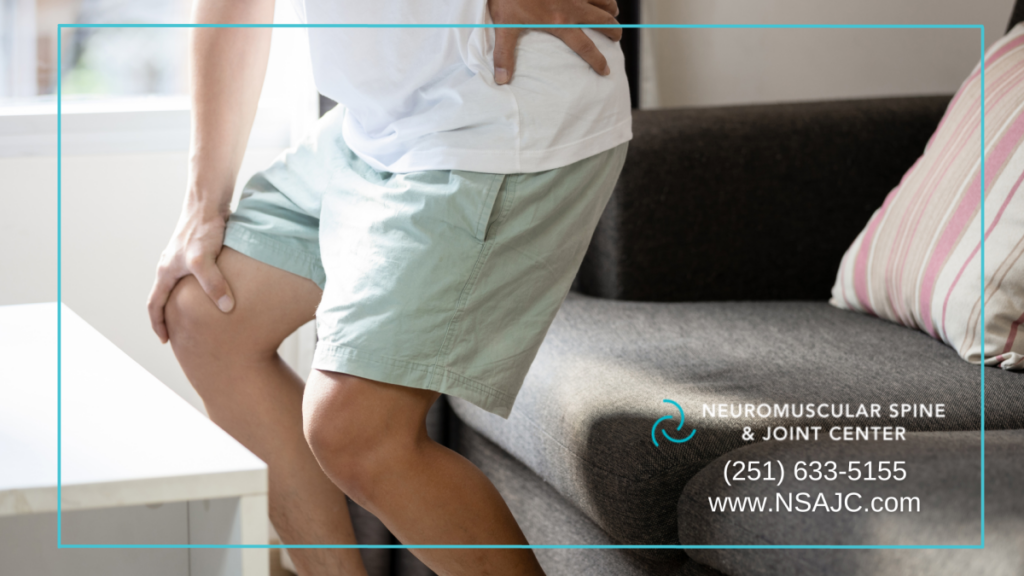Sacroiliac Joint Pain: Care Instructions

The sacroiliac joints connect the spine and each side of the pelvis. These joints bear the weight and stress of your torso. This makes them easy to injure. Injury or overuse of these joints may cause low back pain. Stress on these joints can cause joint pain. Sacroiliac joint pain is more common in pregnant […]
Sacroiliac Pain: Exercises
Here are some examples of typical rehabilitation exercises for your condition. Start each exercise slowly. Ease off the exercise if you start to have pain. Your doctor or physical therapist will tell you when you can start these exercises and which ones will work best for you. How to do the exercises Knee-to-chest stretch Do […]
Sacroiliac Joint Pain: Care Instructions
The sacroiliac joints connect the spine and each side of the pelvis. These joints bear the weight and stress of your torso. This makes them easy to injure. Injury or overuse of these joints may cause low back pain. Stress on these joints can cause joint pain. Sacroiliac joint pain is more common in pregnant […]
